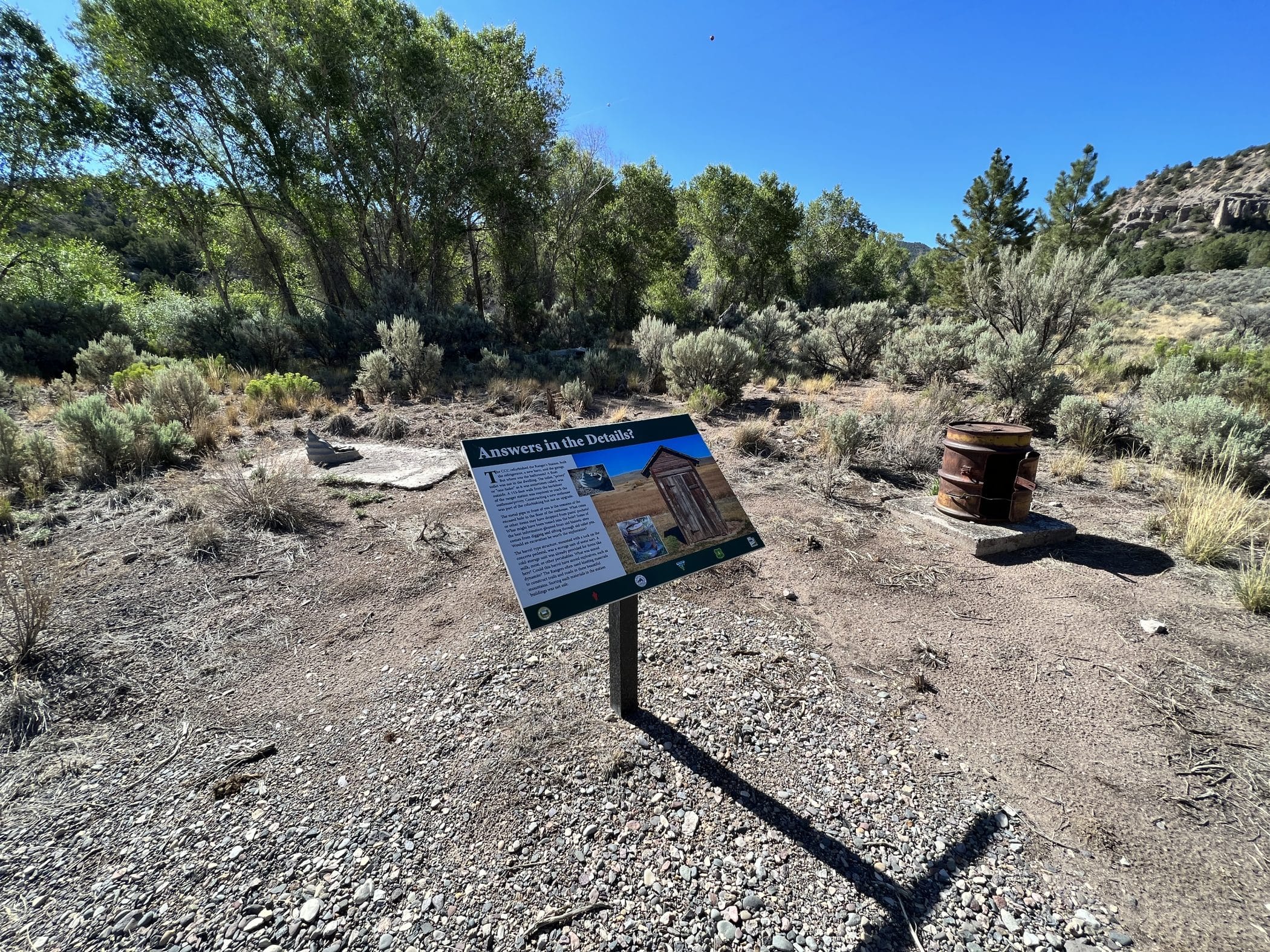
Belknap Ranger Station
Belknap Ranger Station
Hover Box Element
Ranger Stations were constructed in the early days of the U.S. Forest Service (1910 -1915). The Belknap Station was located in Fishlake National Forest and named after the second highest peak (12,143’) in the Tushar Mountains to the south.
The stations were built as part of a new management approach chartered with the management of millions of acres of newly created National Forests. Each of the simple one room structures were located a day’s horseback ride apart from each other. This allowed Rangers a place to stay each night while they patrolled their route through the National Forest.
Ranger Stations were intentionally built near mountain streams and grassy meadows to feed the horses that Rangers relied on.















